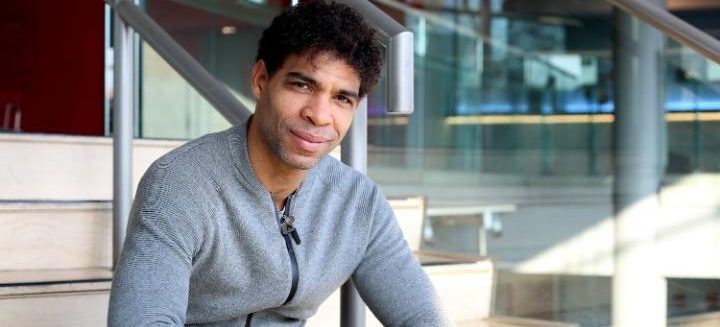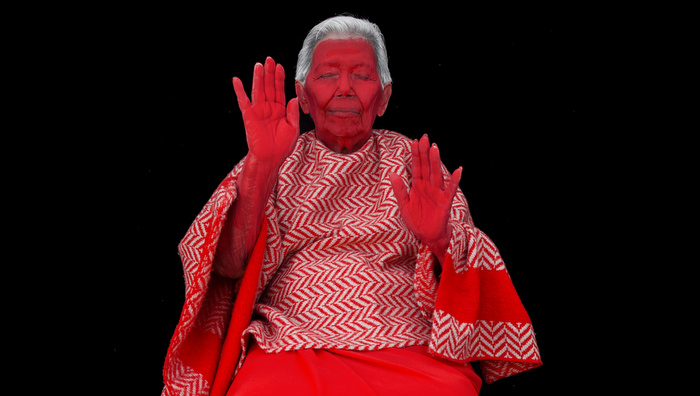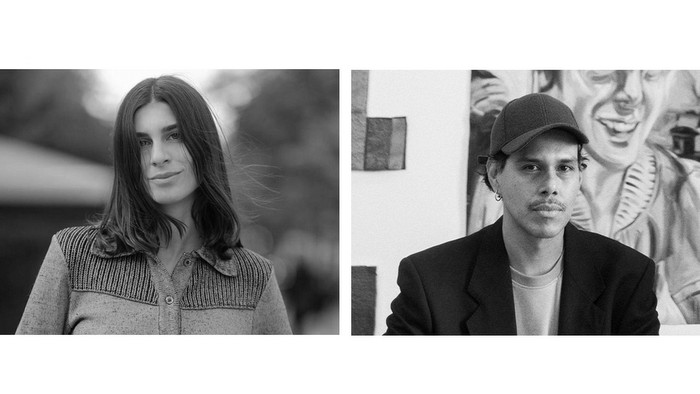By Judith Woods
When Barack Obama touched down on the Havana tarmac last week, it marked an historic moment in Cuba’s history. The thawing of relations has been welcomed by a country that the U.S. has kept in the cold for 88 years.
But while the presidential visit signals change, Cuban superstar Carlos Acosta hopes that the unique essence of his homeland will remain untouched.
“Cuba is a country of simple, pure human pleasures and I hope that aspect does not change now relations with America have eased,” says the ballet dancer, who is leaving the Royal Ballet and is about to embark on a farewell tour of Britain, his adoptive country. “For me, Cuba is about sitting in the sun, playing dominoes, seeing friends and talking philosophy. We drink wine and rum and, of course, make music and dance.”
Fans of Acosta, whose grace and athleticism are unsurpassed, will be relieved to learn he isn’t retiring but is moving into the realm of the contemporary repertoire. He is also investing in the artistic future of the nation where he grew up.
“I am establishing a dance academy in Cuba and giving people from around the world the opportunity to study dance for free,” he says. “They are proud of me in my home country and supportive, but it is a place where things move very slowly; so many meetings and meetings about meetings.”
Acosta grins; the deep grooves hewn either side of his mouth are smile lines. At 42, age has not withered him but it has mellowed the young buck whose best-selling 2008 autobiography No Way Home described a positively torrid personal life: an energetic womaniser, his account of his sexual conquests was graphic and honest.
Muscular and athletic, he wears an amulet round his neck comprising a hard, black, beautiful onyx crystal and rings bearing the letters C and A. They are his English wife Charlotte and four-year-old daughter’s Aila’s initials, as well as his own. Having come to the Royal Ballet in 1998, aged 25, he has dazzled crowds and critics alike.
Highlights include his “luminous and stately” Apollo, his “dramatic and affecting” Romeo and the “animal magnetism” of his Siegfried. But the time has come to move on.
“You can’t just keep on repeating yourself : how many Swan Lakes can you do? You have to keep stretching yourself,” says Acosta in his rich Hispanic tones. “I have DVDs so people can watch me dance any time they like. It is sad in a way but at the same time I have time to grieve and prepare myself for this moment.”
That Acosta, widely applauded as the the greatest ballet dancer since Nureyev and Baryshnikov, chose to base himself in Britain is a reflection of Covent Garden’s pre-eminence.
“For me The Royal Ballet is one of the greatest companies in the world,” says Acosta, who was made a CBE in 2013. “Britain gave me a haven; it’s the most multicultural, cosmopolitan country with the best arts scene in the world. I even got used to the weather.”
The climate has always been an issue for a Cuban accustomed to the sun, light and warmth of his homeland. But the UK worked a magic of its own; Acosta met and married Charlotte here and they live with their daughter in Somerset.
“I’ve turned the convention on its head; instead of living in London and spending weekends in the country, I do the opposite. We want to bring up Aila in a beautiful part of the world with wide landscapes, starry skies and silence,” he says.
Aila is already taking dance and music lessons. “Whatever she decides to do, the discipline of dance will give her resilience and independence and determination,” says Acosta.
But if she wants to become a professional dancer he will tell her the truth about the bleeding toes and the blistered skin, the tendonitis and the crumbling hips.
“As dancers, our instrument is our body; it’s impossible to be pain-free. You are carrying out anti-anatomical movements, holding positions that are unnatural,” he says ruefully. “Do we take painkillers? For sure, just to get away from the distraction; it’s hard to concentrate when your body is screaming in pain. People dance injured all the time. It’s very common.”
Growing up in extreme poverty, the glorious ballets of Prokoviev and Tchaikovsky played no part in Acosta’s early years. The youngest of 11, he was brought up in the backstreets of Havana, where life was brutal with little prospect of escape. Acosta stole, played truant and was expelled from school.
It was when his father, a truck driver, was sent to prison after causing a serious traffic accident that fate dealt its hand. A reluctant young Carlos was enrolled in a ballet school only because it came with a guarantee of regular square meals. His natural talent shone through.
Then in 1990 when, at the age of 16, he won the prestigious Prix de Lausanne, beating 127 dancers from 20 countries, everything changed again.
“My story is very inspirational,” he says matter-of-factly. “It’s a typical tale of rags to riches that gives people a lot of hope that you can do something positive with your life even if you didn’t have the best chances when you were growing up.”
In 1991, he joined English National Ballet and from there went to companies in Cuba, America and Russia, where he became the first foreigner to be a guest-principal with the Bolshoi. There were other firsts too: the first black principal with The Royal Ballet, the first black Romeo.
“A lot of people from ethnic or diverse backgrounds see me as a role model regardless of whether they are dancers,” says Acosta. “I broke down barriers because I’m very masculine and that’s something people notice. I’m black and that’s something else people notice. Nobody who looks like me had ever played the roles I danced; when I first appeared in Swan Lake at the Met in New York the auditorium was packed with black people.”
These days his inconsolable audiences are queueing up again, this time to see his farewell tour. He hopes to expand his creativity in other directions as well as contemporary dance now. His best-selling novel, Pig’s Foot, published in 2013 was a gravity-defying and critic-confounding leap from one art form to another, executed with his customary panache.
“I always say to dancers ‘don’t be afraid of failure,’” he says. “A lot of people think, ‘what if I fail?’ and for that reason they limit themselves and don’t want to start something and follow it through. I never leave anything half done.”
He is grateful that contemporary dance will be less physically gruelling than classical ballet. “I’m not a spring chicken,” he laughs.
Despite his frankness, he is keeping a secret in the bag for dance aficionados much later this year. “I can’t say too much about it other than that it involves Darcey Bussell,” he says, his expression frustratingly deadpan.
For those who care about such things, on his official retirement from The Royal Ballet, Acosta memorably received a standing ovation that was 12 minutes longer than the one Bussell received after her final performance.
Might they dance together? What a dream team that would be; but Acosta keeps his own counsel.
“Life deals surprises,” he says sagely. “I’m confident this will be a very good one.” And his glittering smile lights up the room.
Carlos Acosta: The Classical Farewell, Royal Albert Hall October 3 - 7; Ticket Office: 020 7589 8212 or www.royalalberthall.com
Source: http://www.telegraph.co.uk
Publicaciones relacionadas

Papucho y Manana Club: “La salsa no está muerta, está más viva que nunca”
Noviembre 18, 2025

















